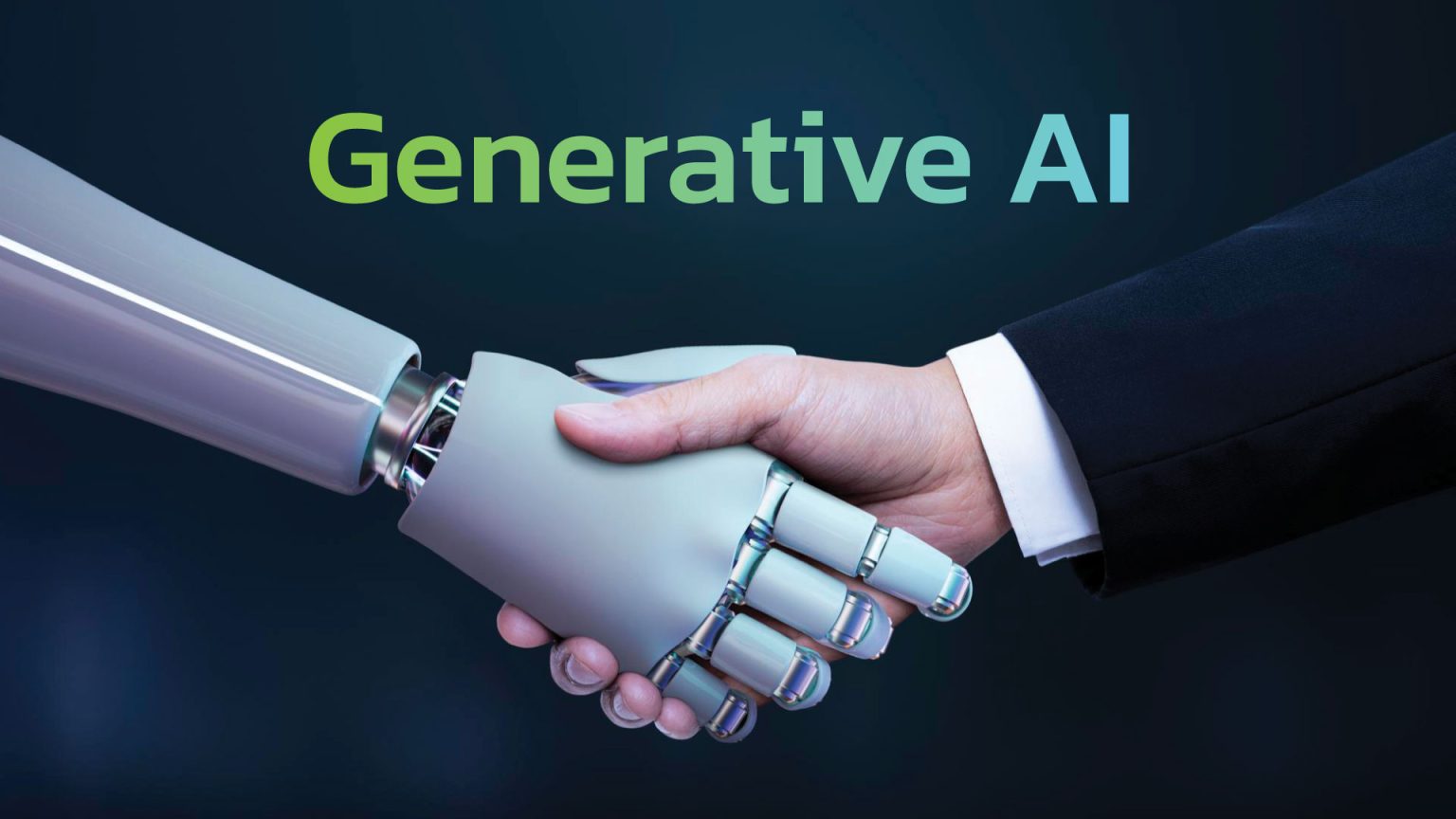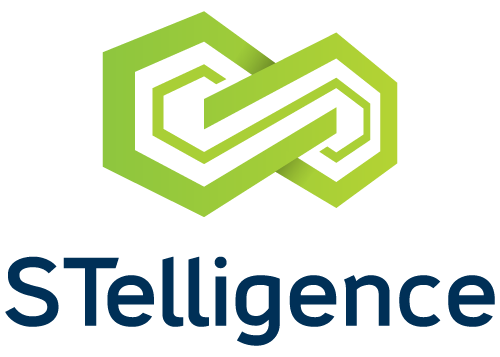
Get to know Generative AI in-depth insight
Generative AI (Artificial Intelligence) is a category of technology developed to automatically generate new data and content from existing information, using machine learning models trained in detail. These models can create natural language data such as text, images, videos, and other content, resembling the data present in the training dataset. The effectiveness of Generative AI increases with a diverse and extensive training dataset.
Examples of using Generative AI in organizations include:
- Creating additional content: Utilizing Generative AI to automatically generate additional content such as articles, reports, statistics, and other media content, to enhance efficiency in content creation.
- Generating images and videos: Applying Generative AI to create images and videos for marketing, creating media sentiments, or artistic and entertainment purposes.
- Automatic language translation: Using Generative AI to develop automatic language translation tools for facilitating cross-language communication.
- Development and testing: Generative AI can be used to generate data for testing and software development such as creating test data for applications or games.
- Time-saving content creation: Leveraging Generative AI to create time-saving content, like generating automated questions and answers for customer service or training materials in educational institutions.
- Data analysis: Generative AI can assist in automatically generating data reports and summaries, making complex data analysis more efficient.
Generative AI benefits organizations in various ways, including:
- Time and cost savings: Generative AI can be used to automatically generate content and new data, reducing the time and cost involved in manual content creation.
- Creative data generation: Generative AI can produce creative and interesting data such as generating data graphs, statistical reports, or artworks.
- Improved data: Generative AI can enhance and create valuable data, such as generating data that aids trend analysis or decision-making.
- Time-efficient content creation: Generative AI helps create time-efficient content such as generating data for communication or explanation.
While Generative AI has diverse capabilities, it also comes with some considerations such as:
- Data inaccuracies: Generative AI often learns from training data and references existing database information, leading to potential inaccuracies in certain cases and the generation of incorrect data.
- Privacy and security: Using Generative AI to create data may involve privacy and security concerns. Maintaining data privacy and security is crucial when using generated data.
Organizations intending to implement Generative AI should consider the responsibility of overseeing and verifying the accuracy and rationale of the generated data, along with ensuring data privacy and security during its usage.

